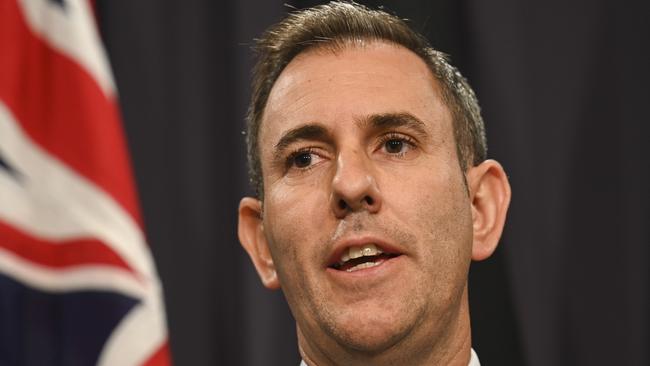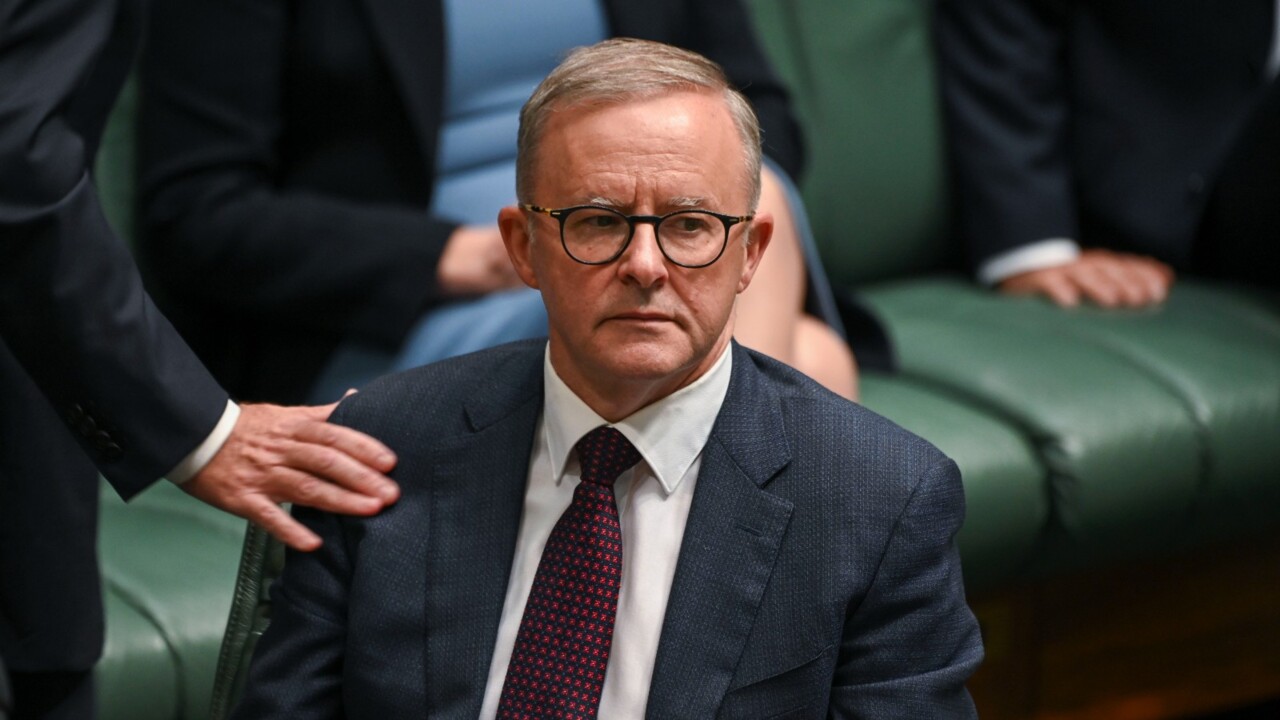
Yet the cost burden will increasingly fall on millennials and Generation Z, until they, too, exert their dormant political superpowers.
The ageing of the population means spending on aged care, the pension and health services will be among the fastest growing areas of Canberra’s responsibilities in coming decades.
Ditto the demand-driven National Disability Insurance Scheme, a forever program whose wobbly contours worry bureaucrats more than defence procurement – and that’s saying something.
Bill Shorten is seeking a reboot of his policy legacy. It’s in no one’s interest for this iconic initiative, which puts AUKUS and Snowy Hydro in the shade, to implode.
More than a tidy up of NDIS rorts and waste, difficult design and funding decisions beckon, including eligibility of some children and how much the states pitch in.
As well, in its report to government released late on Tuesday, the Interim Economic Inclusion Advisory Committee requested a top up in the JobSeeker rate and more rental assistance. Raising the jobless payment to 90 per cent of the Age Pension would cost $24bn over four years.
Aged care will be even more politically difficult to navigate.
The royal commission set out a way forward for better care, which means higher costs.
Labor’s first budget revealed annual assistance to the aged – which is essentially the pension ($55bn) and aged-care services ($27bn) – would grow by almost 9 per cent, after inflation, over the four-year estimates period.
The second component, which is funding for residential aged care, would grow by 17 per cent in real terms over that timeframe, reflecting the growth in the number of people in care and superior services.

Labor’s Fixing the Aged Care Crisis measure last October includes increased care (an average of 215 minutes a resident from October 2024) and registered nurses on site 24 hours a day, seven days a week from July. The Albanese government also supported a pay rise for aged-care workers in its submission to the Fair Work Commission, which granted a 15 per cent rise from July.
Economists estimate this will cost the budget an extra $2.3bn every year in today’s dollars.
The care bill is climbing and our means are diminishing.
Treasury secretary Steven Kennedy says the projected structural deficit “makes the need for fiscal consolidation clear”.
“Improvements to the cost effectiveness and productivity of government services and government-funded services are crucial to lowering cost growth,” he told parliament in February.
As well, factor in expected new spending on defence that will eventually bloom out of the imminent strategic review, inevitably higher costs for Medicare and hospitals, and perhaps higher pay for early childhood workers.
In its pre-budget report, the Grattan Institute said official projections understate the likely extent of government spending pressures over the decade by at least $23bn a year or about 1 per cent of GDP.

So rather than a “consensus” view of a persistent structural deficit of $50bn, we’re talking a fiscal gap of closer to $75bn.
What to do? Start filling the hole, via spending cuts and tax rises, before it gets worse, and raise the economy’s speed limit.
Jim Chalmers is in no hurry for budget repair this term, so the problem will fester.
Labor may soon have no choice but to slash spending elsewhere, get more for the dollars spent in the care sector through efficiencies, and introduce pricing reforms such as co-payments in aged care and disability services for those who can afford to pay.
Otherwise, young workers more than anyone else are going to carry the load of higher taxes to sustain this bulging social welfare edifice.
Does the Treasurer care?








The budget is in deeper trouble than previously thought, as Labor expands the “care economy” and welfare to meet the obvious desire of the community for security, comfort and dignity for all.